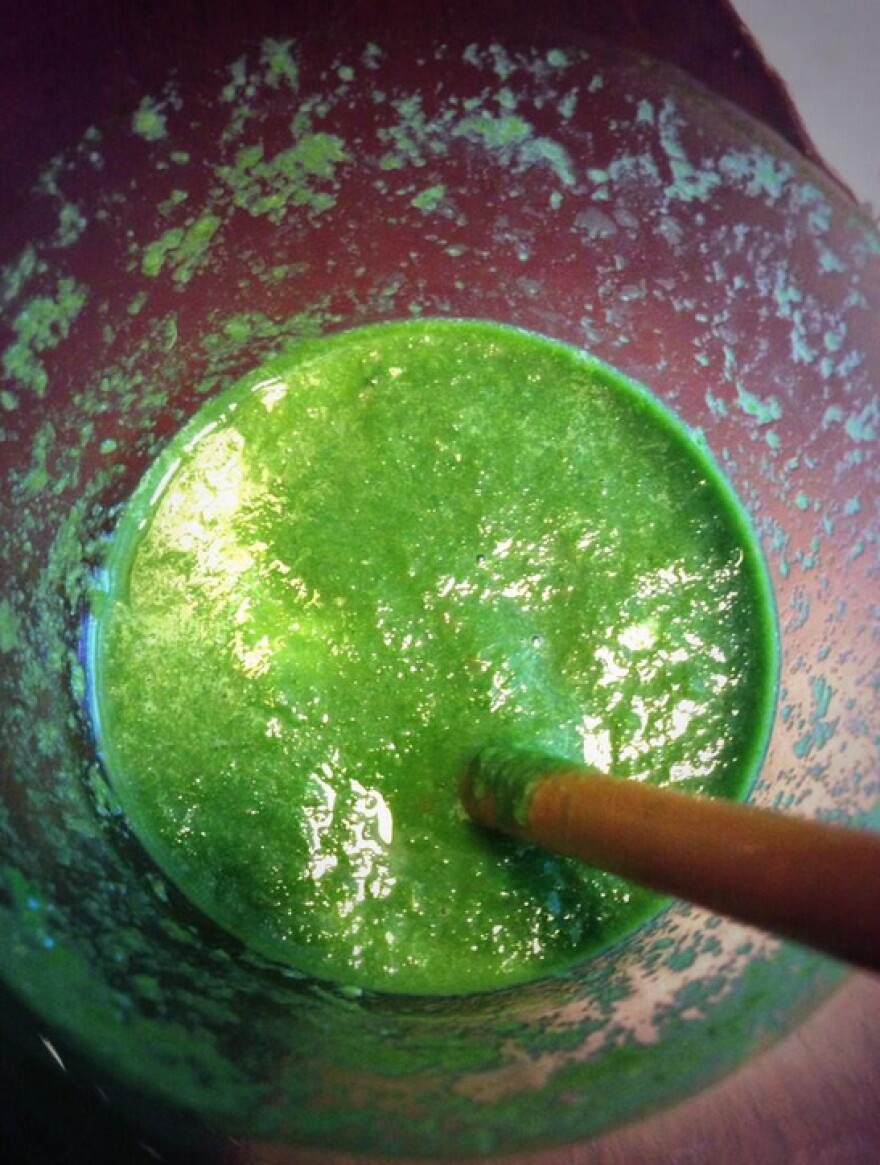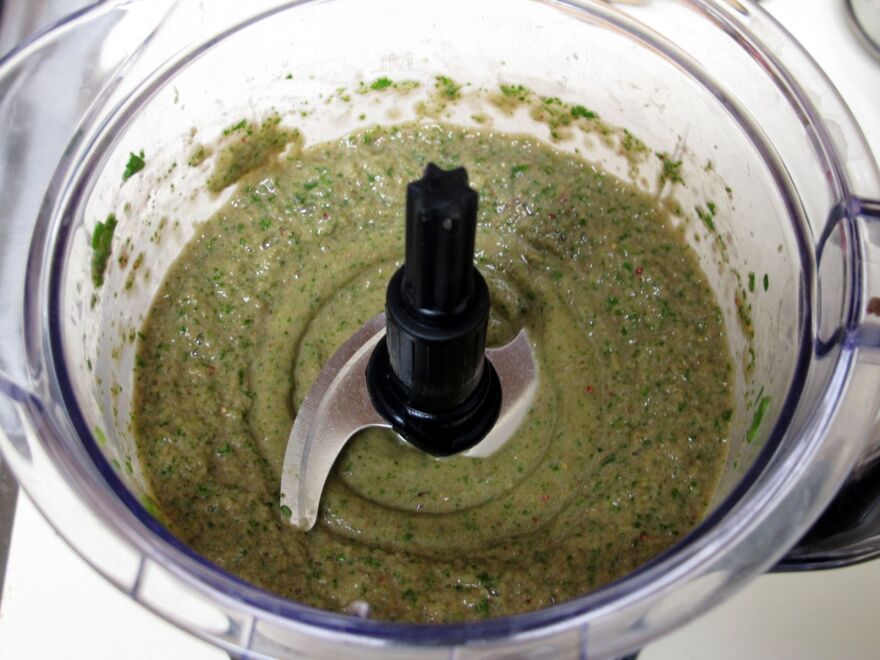While the taste of vegetables may turn some people off, they contain nutrients that are vital for a healthy body. Turning to popular and creative methods such as juicing or making smoothies is a quick, easy and tasty way to consume these important vegetables. This approach has become so popular in recent years that juice bars have started to open up in some cities across the country.
This week on Take Care, Yuri Elkaim talks about green drinks. Elkaim is a registered holistic nutritionist, fitness expert and health coach, as well as a former professional soccer player. He currently writes a fitness blog at U.S. News and World Report.
Click 'Read More' to hear our interview with Yuri Elkaim.

Green drinks can benefit everyone nutritionally, but really help out those who are pinched for time or don’t like the taste of vegetables.
“Not a lot of people enjoy eating salad or vegetables by themselves, but when you can disguise them as a smoothie and throw in one or two fruits to add a little bit of sweetness, it’s a very simple, quick and delicious way of getting in five to eight servings of fruits and vegetables in a very drinkable, easy format,” says Elkaim.
Green drinks often come in one of two formats, juices and smoothies. The main difference between the two formats is fiber content.
Juices are made when a juicer extracts the” juice” out of a fruit or vegetable while discarding the rest. By doing this, it gets rid of all the fiber, which has both benefits and consequences.
“That [getting rid of the fiber] is very beneficial because it allows your digestive tract to absorb the maximum amount of nutrients because there’s no fiber to inhibit or to get in the way of that stuff,” says Elkaim.
This is most beneficial when it comes to vegetables, but Elkaim says to be careful when it comes to juicing large amounts of fruits. Fruits contain large amounts of fructose, and without the fiber to inhibit it, the large influx of it could damage the liver.
When juicing, “focus on the vegetables. You can juice vegetables all day long. It’s unbelievable in terms of the health benefits. Add in a carrot or apple here or there for sweetness, but the bulk of the juice should be green, leafy vegetables,” says Elkaim
Smoothies, on the other hand, are made in a blender. “You essentially have the whole food, but in a blended format. So now you’re getting everything, including the fiber. And that’s very beneficial because you’re not getting into a lot of the blood sugar problems that might occur if you’re juicing fruit alone. And you’re getting the whole food, which is important because you’re getting fiber,” says Elkaim.
While the average blender will do a good enough job breaking down what you put in it, Elkaim suggests using a Vitamix blender, which breaks fruits and vegetables down at a cellular level, making nutrients easier to absorb. While these are often expensive, Elkaim claims they are much more versatile and convenient than the average blender.
Elkaim's recipe for "Best Beginner Green Smoothie," for getting in greens in a delicious manner:
- Choose your favorite green (kale, dark green leafy lettuce, swiss chard, spinach) as a “base green”
- Add half a handful of cilantro, the “main green” of the drink
- Add a banana, a pear and an apple
- Squeeze juice of one lime into the blender
- After blending, add 2-3 cups of water, depending on how thick or thin you prefer
"This is a simple recipe that will take you 30 seconds to make. It will give you about a liter of green smoothie, and it's a terrific place to start. This is the smoothie that my three-year-old and one-year-old will drink," says Elkaim.
And if you want to "upgrade" the basic recipe, Elkaim says you should consider adding:
- 2 tbsp hemp seeds?
- 1 tbsp spirulina or greens powder
- 1 tbsp flax/hemp oil




